Blue Growth explained

It is natural that humanity has first taken advantage of the easily reachable resources on the ground, and as such the underwater resources have been relatively untouched. However, the depletion of natural resources on the surface has raised the interest on blue growth strategies. This has led to considerable advances in few past decades on technologies for, e.g. oil and gas production, allowing access to deeper areas and in the challenging arctic waters.
In addition to direct use of natural resources seas have always been used as means of transportation and as a food resource. Globalization has increased the amount of sea traffic of all seas. On the Baltic Sea, so far the Gulf of Finland has had the largest increase of traffic. The traffic is expected to grow in the future also on the Gulf of Bothnia (Pekkarinen & Repka 2014). With the climate warming, it becomes feasible to take advantage of the northern Arctic Ocean as a route connecting Europe and Asia.
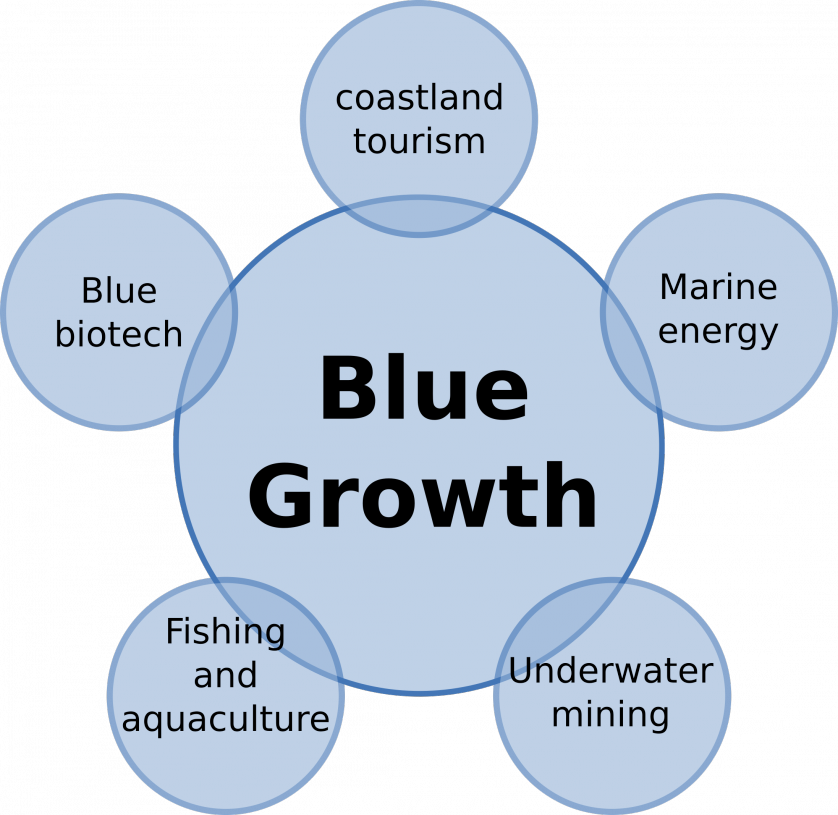
Ensuring the well-being of fish populations and aquaculture is essential for a successful blue growth strategy. Natural fish resources have been diminishing due to excess fishing. This can be avoided in the future by developing fishing regulations based on marine spatial plans and accurate knowledge of resources.
The seas offer large, unused potential for resources, as the resources get scarce on land. These can be taken in use with advancing offshore technology and biotechnics.
The field of marine industry can be a vast source of innovative new technologies, as long as enough resources are invested in it. At the same time increased activity on our sea areas will require systematic planning on how to use our seas and shores. Blue growth is a long-term strategy which supports the growth of marine industry while ensuring the sustainability of nature.
References
- Dahlgren, S., Mrozowksi, T., Källström, N., Seppä, T., Lind, F., Wallin, M., Morin, M., 2015. Restoring waters in the Baltic Sea region. A strategy for municipalities and local governments to capture economic and environmental benefits. The Boston Consulting Group, Inc. 50 pp.
-
Pekkarinen, A, Repka, S. 2014. Maritime Transport in the Gulf of Bothnia 2030 . Ambio 43: 791-800.
Articles
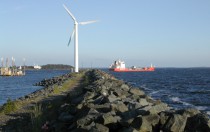
Pohjanlahti merituulienergian tuotantoalueena
Konteksti Merituulienergian laajamittainen rakentaminen on keskeinen askel Suomen tavoitetta hiilivapaaksi yhteiskunnaksi. Suomen merialueista erityisesti Pohjanlahti tarjoaa hyvät olosuhteet energian tuotannolle,
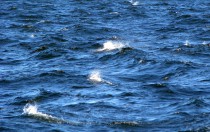
Scientific Articles published in SmartSea
One of the products of the SmartSea are the various scientific articles published by our partners during the project. The
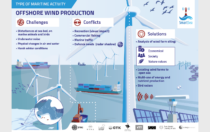
SmartSea Infographics
Offshore wind production, Aquaculture, Fisheries, Blue Well being, recreation and tourism have been key areas of the SmartSea project. We
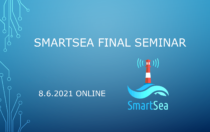
SmartSea Final Seminar/Loppuseminaari 8.6.2021
SmartSea will hold a Final Seminar on the results of the project, and a discussion with stakeholders and affiliates on
